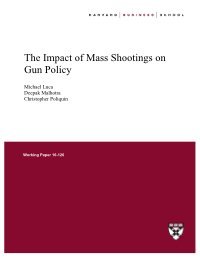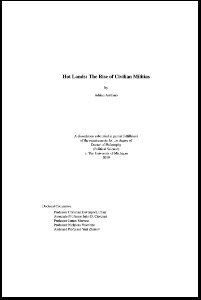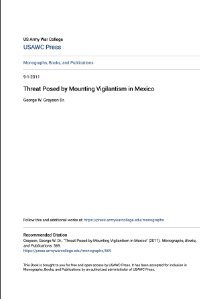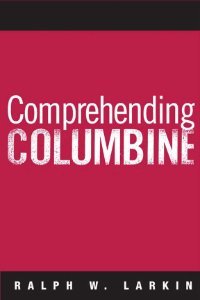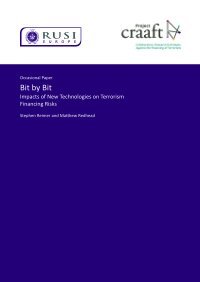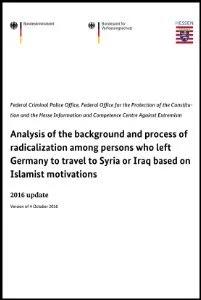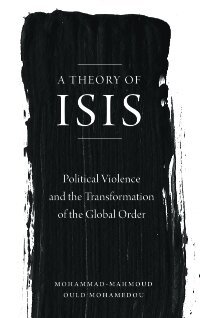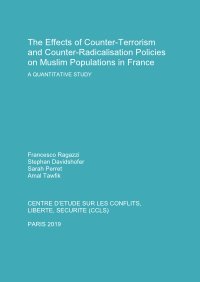By Robert G. Spulak, Jr. and Jessica Glicekn Turnley
Social and physical networks have many similarities, and many differences. And while network analysis can be useful for defeating an adversary's physical networked infrastructure, such as power grids or transportation systems, it is only a piece of a larger toolkit when working with a human system. Indeed, human will and adaptability are critical aspects of a network that might otherwise be viewed as purely technical. We compare and contrast approaches from the physical and social sciences, using networks to highlight the advantages and disadvantages of using the same analytic perspective for significantly different targets. We conclude with a discussion of the networks suggested by the National Military Strategic Plan for the War on Terrorism.
Hurlburt Field, FL: Joint Special Operations University, 2005. 42p






